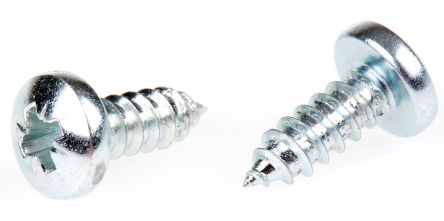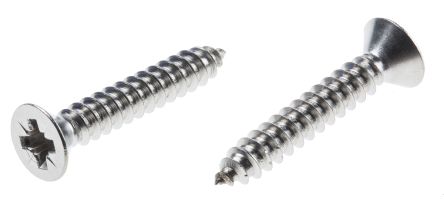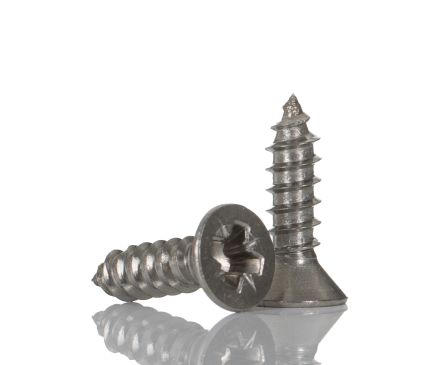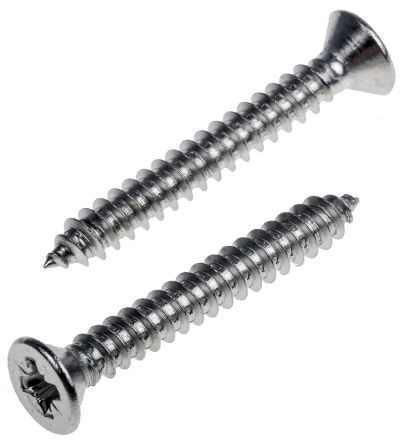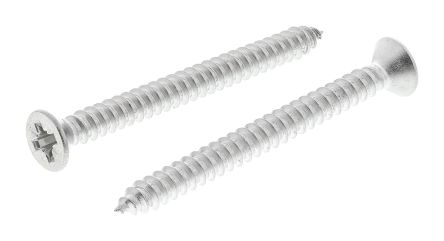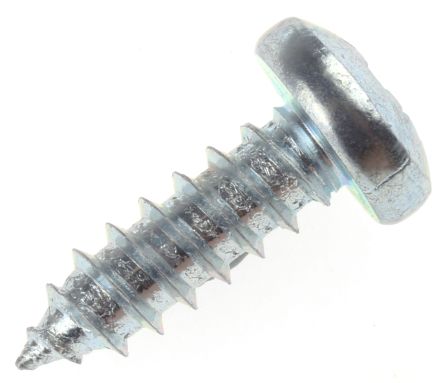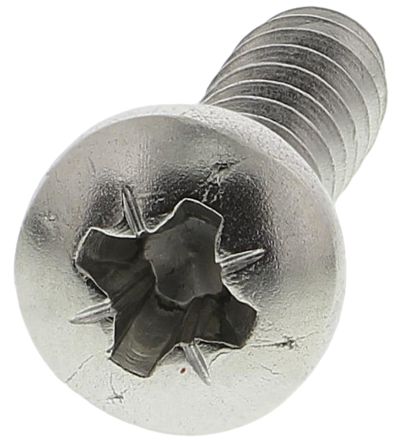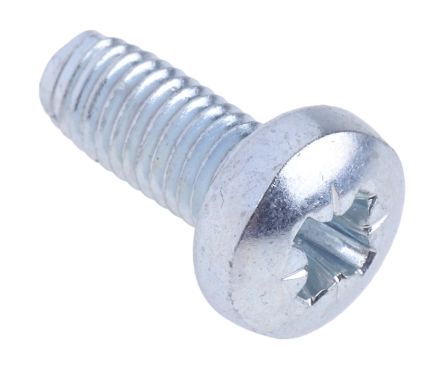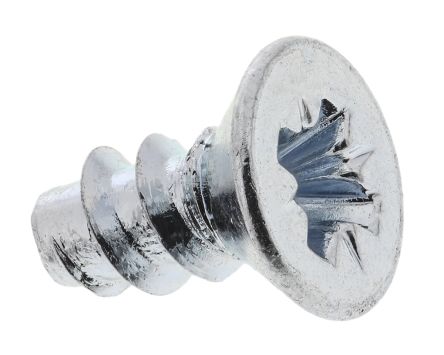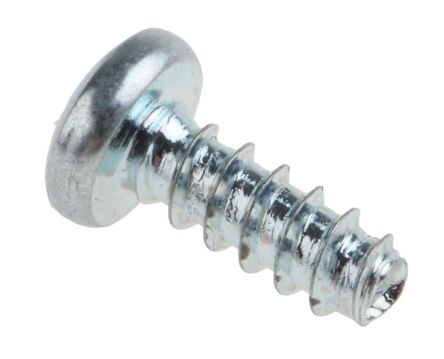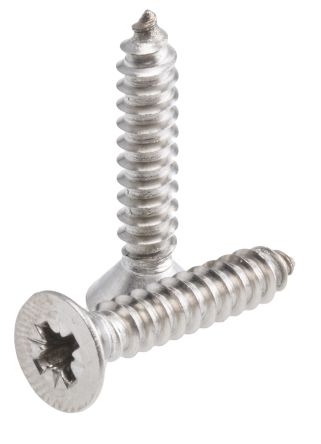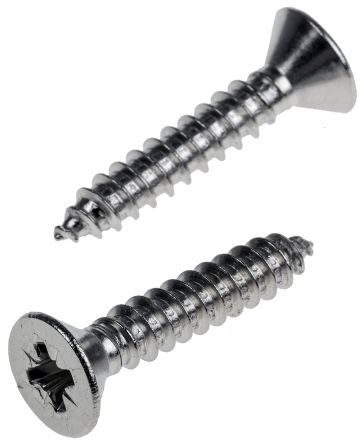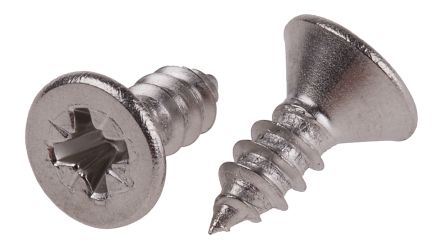- Automation & Control Gear
- Cables & Wires
- Enclosures & Server Racks
- Fuses & Circuit Breakers
- HVAC, Fans & Thermal Management
- Lighting
- Relays & Signal Conditioning
- Switches
- Batteries & Chargers
- Connectors
- Displays & Optoelectronics
- ESD Control, Cleanroom & PCB Prototyping
- Passive Components
- Power Supplies & Transformers
- Raspberry Pi, Arduino, ROCK, STEM Education & Development Tools
- Semiconductors
Self Tapping Screws
Self-tapping screws are a type of fastener with a unique feature. They work by tapping their own threads in materials like plastic, wood, and metal. Self-tapping screws are split into two main categories, Thread-Forming and Thread-Cutting. The screws are similar in the job they do; however, they have two differences. One of the screws has a flat base, the other has a sharp point.
The difference between self-tapping and self-drilling fasteners is that self-tapping screws will tap a hole into a soft material, self-drilling screws can drill a hole into anything from metal to wood meaning no pilot hole is needed.
Thread-Forming Screw
Before using this self-tapping screw, it is recommended that a pilot hole is drilled into the material. As thread-forming screws have a flat nose, it makes the drilling process easier and is used when fastening plastic together.
Thread-Cutting Screw
This self-tapping screw does not require any preparation. As it has a pointed tip, it is not necessary to create a pre-drilled pilot hole. Thread-cutting screws can pierce a small entry hole while being driven into the material the thread is being created.
Self-tapping screws are used where an application requires regular maintenance and regular easy access. These screws are useful in situations where products must be assembled and disassembled, such as access panels or even furniture.
What self-tapping fasteners are available?
When choosing the best self-tapper for your job, there are a few key points to consider e.g. the right head shape, drive type, and thread size are essential. Another factor would be the material the screws are used with, and the environment and elements they are exposed to.
As a screwdriver is the only real tool used when working with self-tappers, make sure that you have the screwdriver with the appropriate drive type.
Drive Types
- Crosshead
- Hexagon Head
- Pozi
- Torx
Head Shapes
- Pan Head
- Countersunk
- Button Head
Materials and Finishes
- Steel
- Stainless Steel
- Bright Zinc Plated
- Clear Passivated
